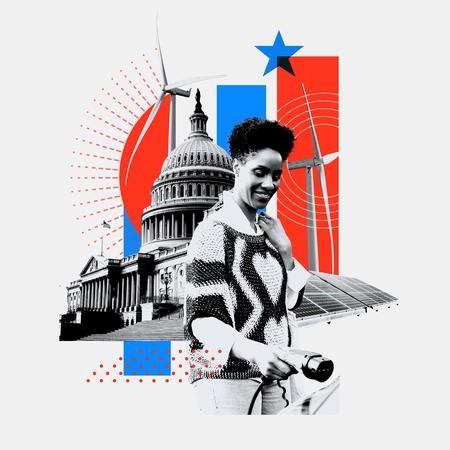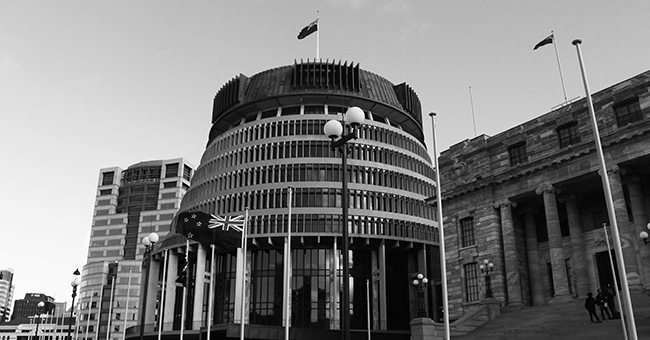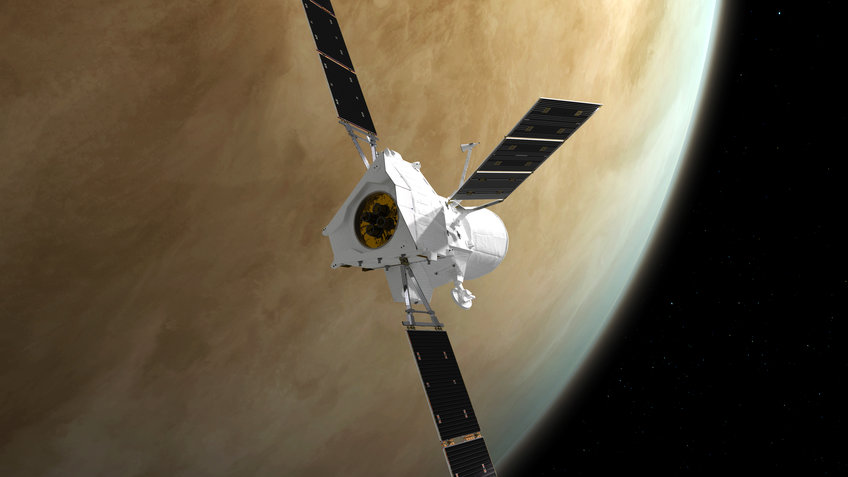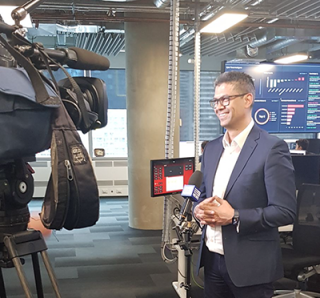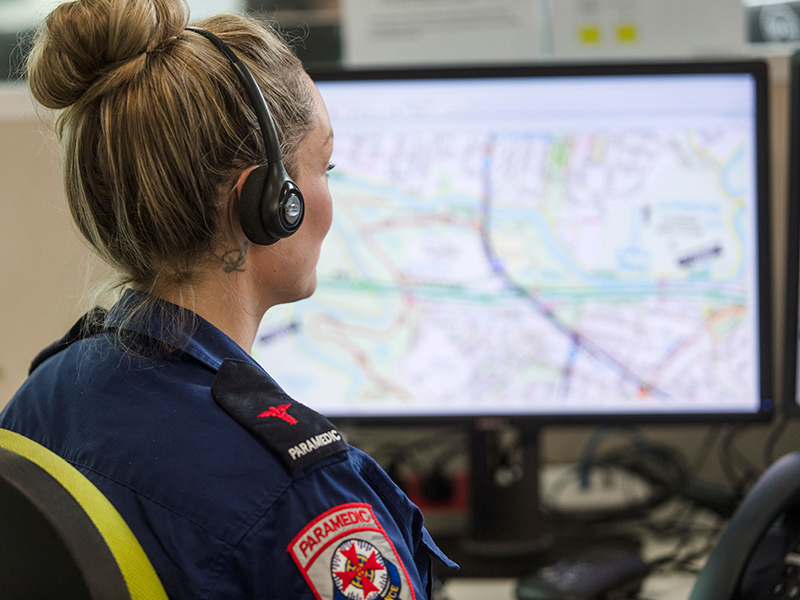
Victorians are being reminded that any call to Triple Zero (000) which doesn’t need an emergency response can potentially cause delays for people in life-threatening situations.
Ambulance Victoria (AV) is urging the public to save Triple Zero (000) for emergencies only and to use other health services for less urgent health needs.
An immediate life-threatening emergency that requires an ambulance may include chest pain or tightness, difficulty breathing, extreme pain, large burns, serious accidents or trauma, severe bleeding, sudden numbness or paralysis of face, arm or leg or unconsciousness.
About one in five calls to Triple Zero (000) do not need an emergency ambulance response and the availability of paramedics to respond quickly to seriously injured and unwell patients is reduced when an ambulance is called to a non-emergency situation.
Between October and December last year, a total of 45,087 callers to Triple Zero (000) did not need an emergency response.
Recent calls to Triple Zero (000) included someone struggling to sleep at 8pm, a child who was dizzy after spinning around and someone who pricked themselves with an acupuncture needle after testing if it was sharp.
Ambulance Victoria Chief Operations Officer Anthony Carlyon said every call for assistance that isn’t an emergency puts significant strain on crews to reach those patients who need it most.
“Non-emergency calls can impact the overall system and potentially divert resources away from someone in a life-threatening situation,” Mr Carlyon said.
“Time is critical in a medical emergency and if paramedics are tied up with non-emergency calls, they are not available to respond to situations where an ambulance could mean the difference between life and death.
“If people call Triple Zero (000) and they don’t need an immediate lights and sirens response, they will be put through to our Secondary Triage clinicians who can determine the most appropriate care.”
“Some people hesitate to call Triple Zero (000) because they’re not sure if their situation is an emergency. If in doubt, always call Triple Zero (000) and the trained call taker will help and direct you to the appropriate assistance,” Mr Carlyon said.
Ambulance Victoria Acting Clinical Lead Triage Services Oliver Forbes said paramedics and nurses in AV’s Secondary Triage team dealt with non-urgent calls daily.
“Someone called because they were stuck in a parka after the zip got caught,” Mr Forbes said.
“Another person rang Triple Zero (000) because they had a ring stuck on their finger. Our clinicians have been asked to home deliver RAT tests and to pick up someone from hospital and drive them home as they were tired of waiting in the emergency department with a sore ankle.”
Mr Forbes said Secondary Triage clinicians are often tasked with telling callers they don’t need an emergency ambulance for their problem.
“This is frequently met with frustration, anger and abuse from callers but what they don’t always recognise is that we are medical professionals and are highly trained to make these decisions.”
Secondary Triage clinicians can connect people with non-emergency transport, to a doctor or pharmacist, or providing health advice to treat conditions safely at home.
AV’s Secondary Triage service results in 500 or more cases every day being matched to services that better suit their needs while also avoiding emergency dispatch.
As a result, Ambulance Victoria has avoided sending an emergency ambulance to around 20 per cent of calls. This means more emergency ambulances available on the road for those in potentially life-threatening situations.
Recent calls to Triple Zero (000) that have not required an emergency response:
- Dentures stuck in lip
- Scared they were about to be swooped by a magpie
- Nearly bitten by a cat and worried about rabies
- Child has blue lips (after eating blueberries!)
- Lost walking stick
- Urine bottle needs emptying
- Advice about how to fix hole in back fence
- Had a nightmare

